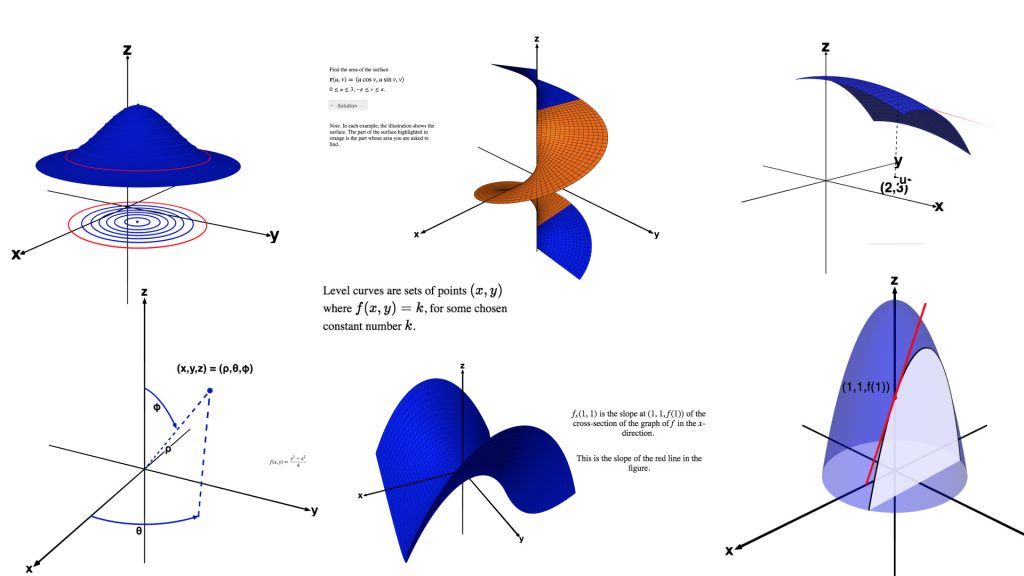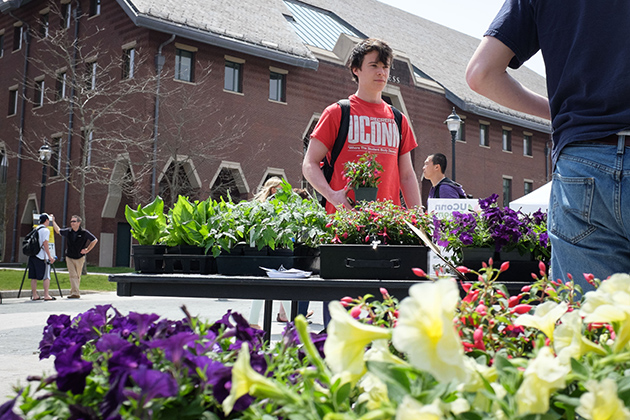
Elaina Hancock
Author Archive
A New Approach to Social Resilience – Through Landscape Architecture
A project led by graduate student Tao Wu aims to integrate refugees into the local community, while developing resources they can use.
May 10, 2018 | Elaina Hancock
Growing with Aquaponics at UConn
A new student-led aquaponics system at the Spring Valley Farm is proving fertile ground for research and interdisciplinary projects in addition to fresh produce.
May 3, 2018 | Elaina Hancock
A Hands-on Approach to Learning Physics
Take a peek inside a newly renovated physics classroom where students are learning concepts through hands-on activities integrated into lectures.
April 25, 2018 | Garrett Spahn '18 (CLAS) & Elaina Hancock
Complex Math Visuals are This Researcher’s Handiwork
Visuals can help students learn complex math, says David Nichols at UConn. Just not ones he has drawn by hand.
April 23, 2018 | Elaina Hancock
UConn Metanoia: Springing to Action for the Environment
On social media, search, post, and tag using #UConnMetanoia to share experiences and stay up-to-date.
April 6, 2018 | Elaina Hancock
Piecing Together Our Planet Pixel by Pixel
UConn researcher Chandi Witharana is using remote sensing as 'a virtual passport' to monitor vast expanses of land in remote areas, including the Arctic tundra.
April 3, 2018 | Elaina Hancock
SNAP Decisions: UConn Study Counters Food Stamp Misconceptions
A study by UConn Zwick Center researcher Shaheer Burney finds that, contrary to widespread beliefs, the SNAP program does not encourage poor eating habits.
March 26, 2018 | Elaina Hancock
Brain Awareness: Brainstorming Better Seizure Treatments
UConn researchers are studying the complex science of seizures, with the ultimate goal of developing new, more targeted, anti-seizure treatments.
March 13, 2018 | Elizabeth Caron, and Elaina Hancock
New Method Unearths Climate Data from Ancient Soils
UConn researchers analyzed leaf wax compounds in soils to reconstruct ancient climates, with a view to better understanding the impact of future climate change.
March 2, 2018 | Elaina Hancock
Invasion of the Body-Snatching Fungus
UConn researchers recently documented a gory and fascinating relationship between periodical cicadas and a fungus that infects them.
February 22, 2018 | Elaina Hancock









